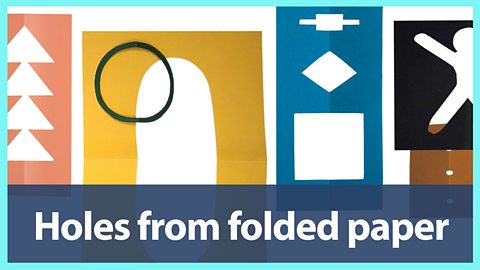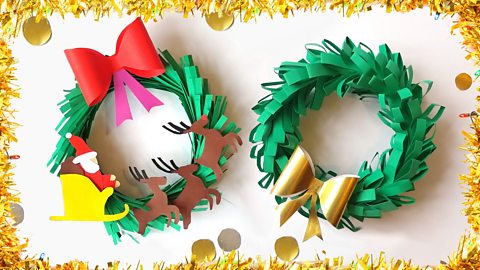Learn how to cut strip fringes and tabs for your artwork
Strip fringes are the simplest kind of fringe because you just cut in straight lines.
Folded strips can be used as tabs to build 3D forms.
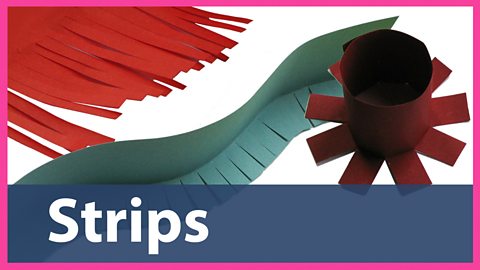

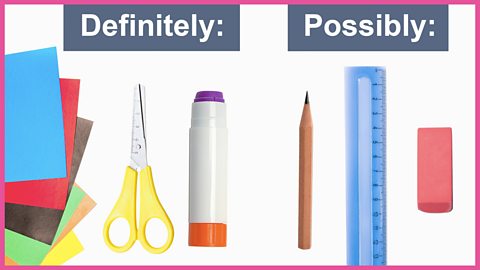
- Paper or card
- Scissors
- Glue stick *
*(sticky tape and pva glue can also work - practise on a scrap piece of paper first)
If you want to create a very tidy fringe you can draw cut lines to follow when cutting. For this you will also need a pencil, ruler and rubber.

For a quick overview, check out the video: Make your own paper fringes
To work at your own pace, follow the slideshow instructions below:
Strips
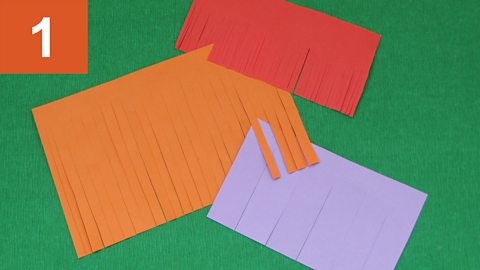
Image caption, Decide how long and wide you want your strips to be
For example, you might cut long, thin strips for hair but short, chunky strips for teeth.

Image caption, Hold your paper with the edge you want to cut at the bottom
If you want to draw cut lines with a pencil and ruler, do that now. Otherwise just keep an idea of the lines in your mind. Why not try both and see which you prefer.
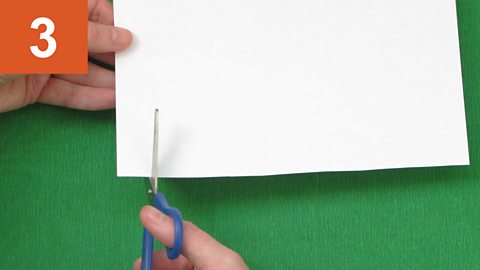
Image caption, Open your scissors and place them at the bottom corner of the paper
If you are left-handed, hold your scissors at the right-hand corner to cut in the opposite direction.
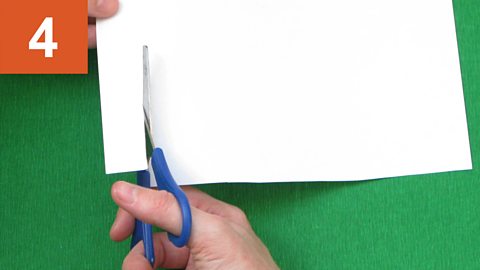
Image caption, Cut upwards in a straight line until it is the length you want...
Make sure you keep your other hand away from the cutting scissors!

Image caption, ...and stop with your scissors half closed
This keeps the end of the cut neat. Sometimes you can tear the paper if you snip the scissors fully shut.
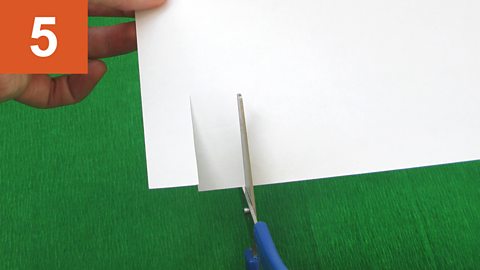
Image caption, Open the scissors, move them to the edge of the paper and cut upwards again
Try to keep the strips the same width and cut upwards parallel to (evenly next to) your first cut.
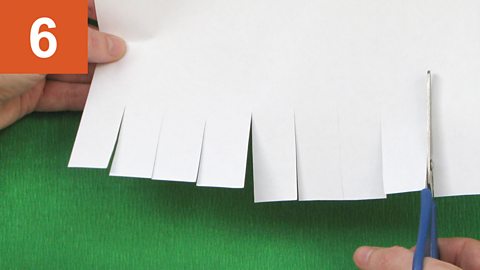
Image caption, Repeat this all the way across your paper
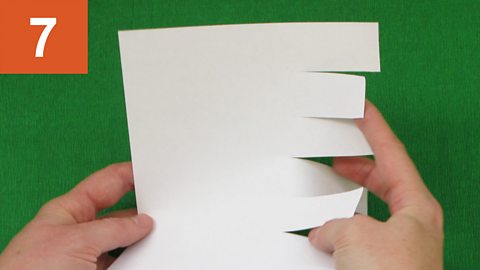
Image caption, Use your fingers to gently bend the strips forwards and backwards
This ruffling will give them a 3D look. Why not experiment with other effects like curling or folding to see what looks best.
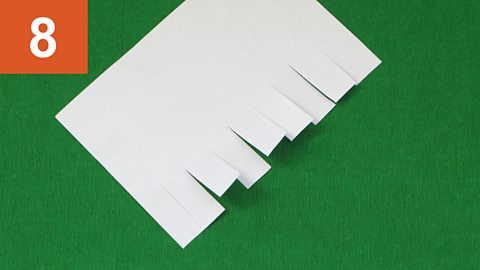
Image caption, Finished! ...What will you use it for?
1 of 9
Examples
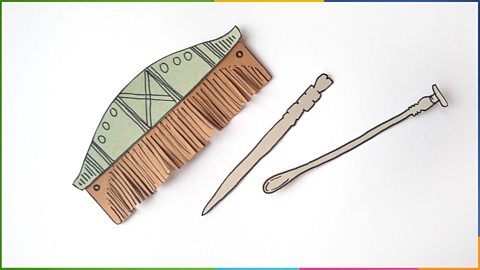
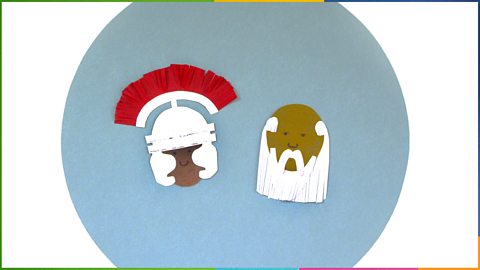
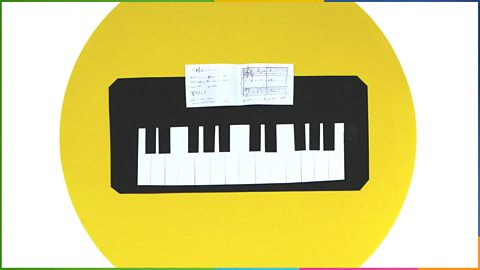
Tabs
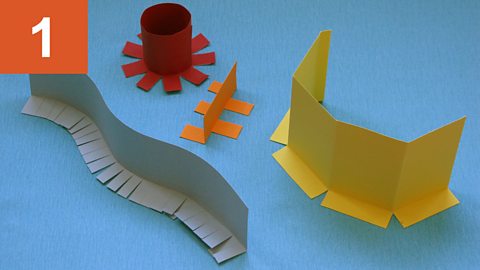
Image caption, Decide how long and wide you want your tabs to be
What shape are you building? If it is curvy use plenty of thin tabs. If it has sharp sides one tab for every side should be enough.
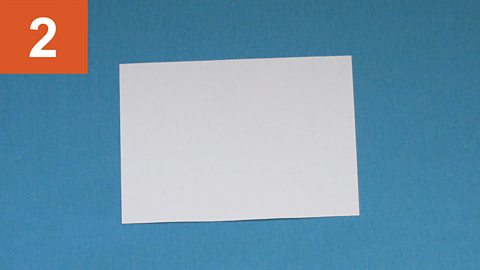
Image caption, Place your paper down with the edge you want to tab at the bottom
If you want to draw a fold line with a pencil and ruler, do that now. Otherwise just keep an idea of the fold in your mind.
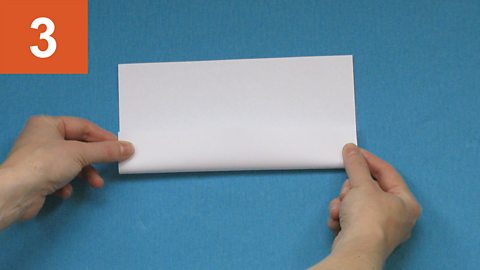
Image caption, Fold the bottom edge up until the fold is the size you want for your tabs
Make sure it is straight by lining the sides up with the left and right sides of the paper.
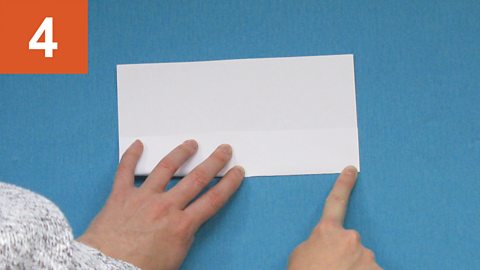
Image caption, Hold the fold gently in place with one hand and use a finger on your other hand to press down and along the crease
Start at the centre and press outwards to the paper's edge, then switch hands and repeat on the other side. This keeps your fold line straight.
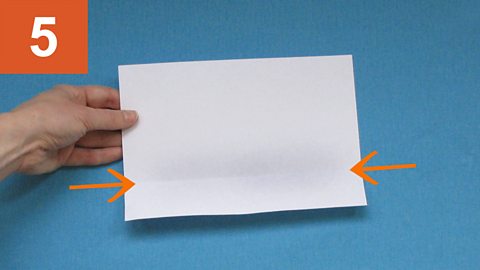
Image caption, Unfold your paper to see the base of the tab
This is the line you will cut up to. (*You can also do it the other way round: cut the strips and then fold them over)
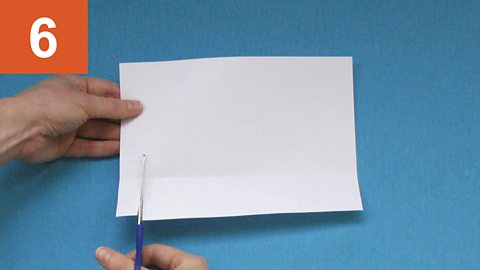
Image caption, Cut upwards in a straight line until you reach the fold line...
Make sure you keep your other hand away from the cutting scissors!
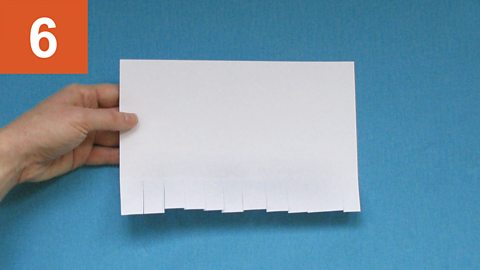
Image caption, ... and repeat all the way along your paper
Remember to cut your strips the width you need for what you are building.
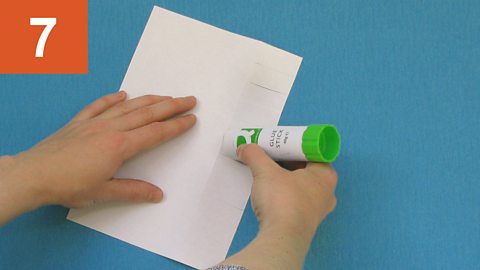
Image caption, Flip the paper over and put glue on each strip
Apply the glue in strokes from the fold line out towards the paper's edge - this prevents the strips from scrunching.
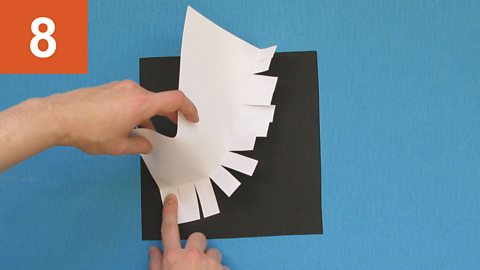
Image caption, Glue the tabs down bit by bit while shaping your paper
Take your time to make the shape you want. If the glue dries out on the tabs just carefully put more on it or on the surface you are glueing it to.
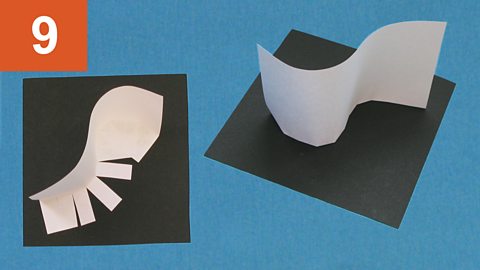
Image caption, Finished! ...What will you use it to make?
If you don't want to see the tabs in the final shape make sure you glue them all on one side (see picture above).
1 of 10
Examples
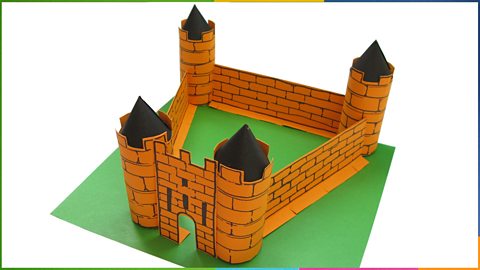
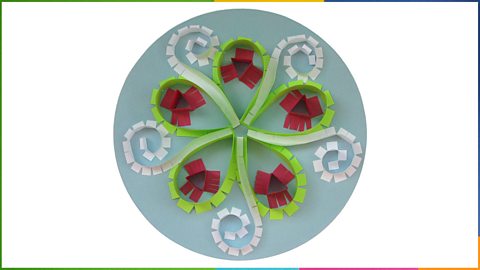
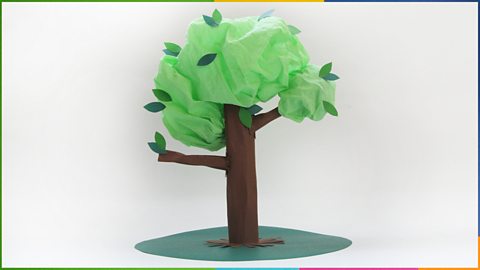
Tabs for extra stability and movement
Fold your tabs in opposite directions to create a very stable base for your 3D artwork.
This type of tab won't normally need glue to stay upright so it is handy if you want to be able to move your artwork about.

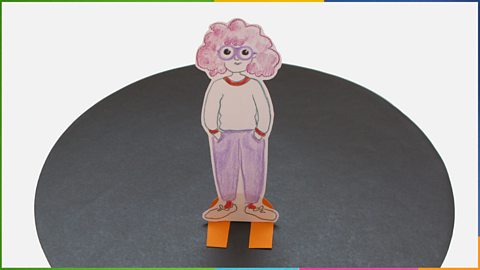
Learning recap
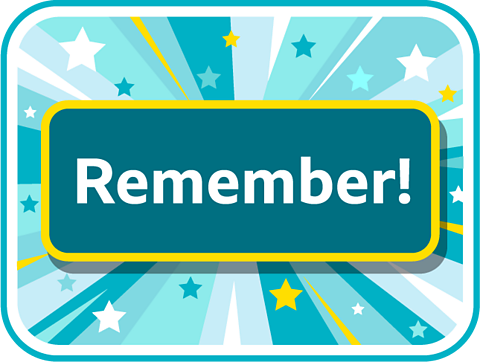
You can change the width between cuts to create different looks.
You can also fold strips over to make tabs. Stick the tabs down to build sturdy 3D forms that keep their shape.
Further learning
More on Design activity
Find out more by working through a topic
- count3 of 11

- count4 of 11
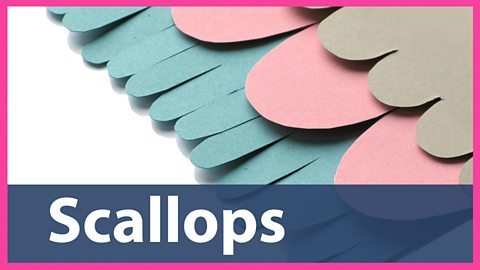
- count5 of 11
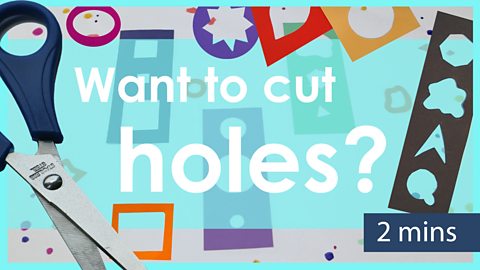
- count6 of 11
